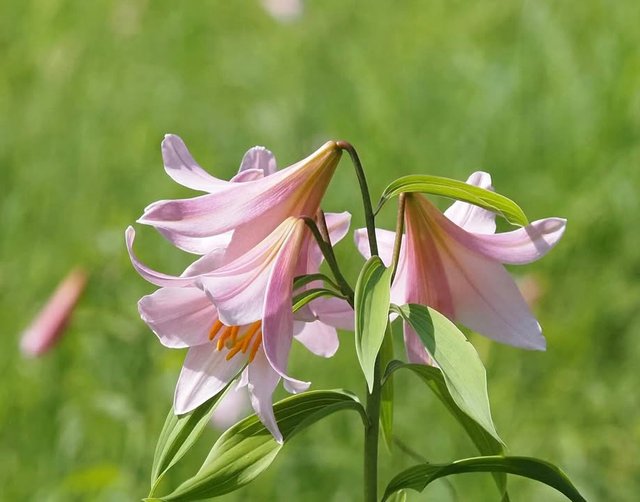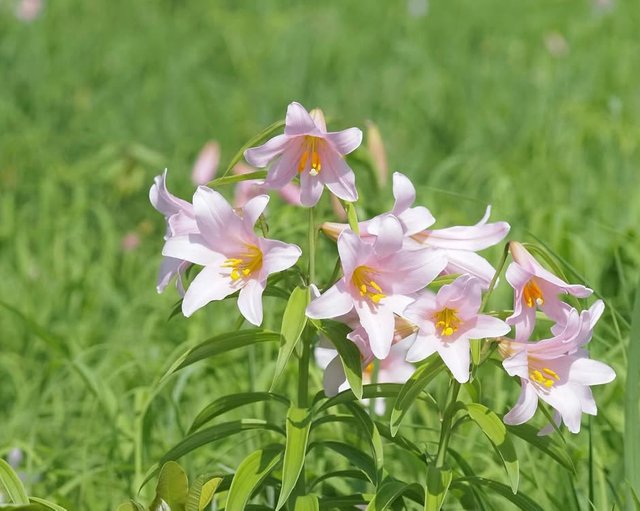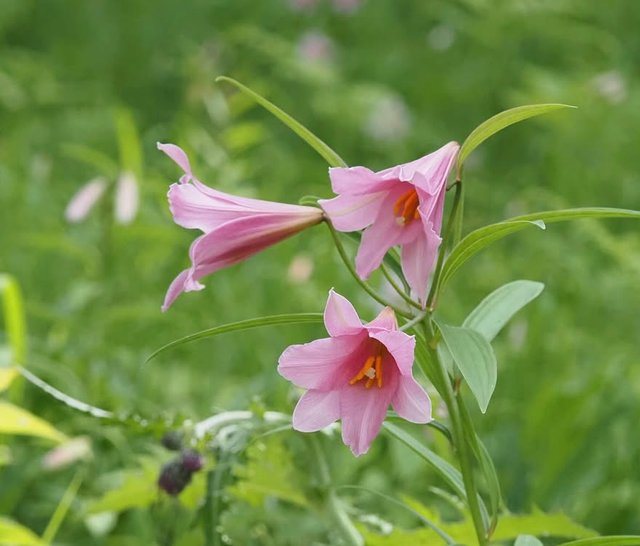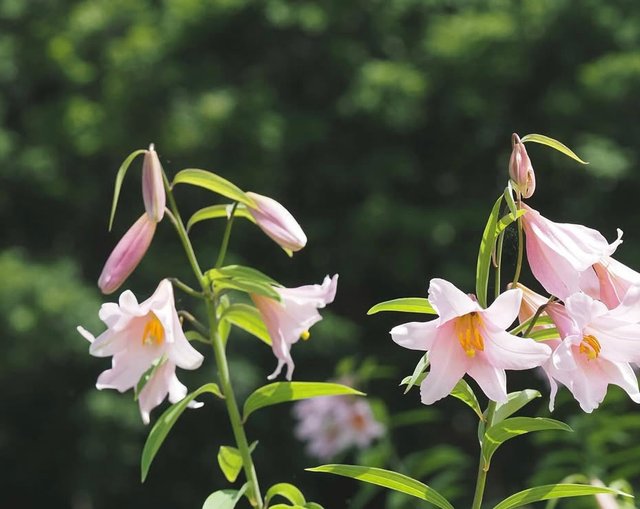Fritillaria pluriflora
In the rolling hills and clay-rich soils of Northern California, a fragile yet striking flower blooms quietly for just a brief period each spring. This is Fritillaria pluriflora, commonly called the Adobe-lily. A member of the Liliaceae it’s a rare and threatened species admired for its bell-shaped pink to purplish flowers and its subtle, almost ethereal elegance.Unlike more common lilies cultivated in gardens, Fritillaria pluriflora exists almost solely in nature—making it a true gem of the wild and a botanical symbol of California's delicate ecosystems.
The flowers are typically nodding (hanging down), with six tepals which give them a graceful and lantern-like appearance. The leaves are narrow and grasslike, arranged in whorls or spirals along the slender stem.Fritillaria pluriflora is endemic to California, which means it is found nowhere else on Earth. It’s mostly restricted to a few counties in the northern part of the Central Valley and lower foothills, including.
It prefers heavy adobe clay soils, which is where its common name comes from. These soils are challenging for many plants but perfect for the Adobe-lily, whose bulbs lie dormant underground through the dry summer, awaiting the cool, moist conditions of late winter and early spring to grow and bloom.Because of its very limited range, even minor changes to its environment can have a profound impact. Conservationists monitor known populations carefully, and some efforts are being made to protect critical habitat zones and educate landowners about the importance of this native plant.




